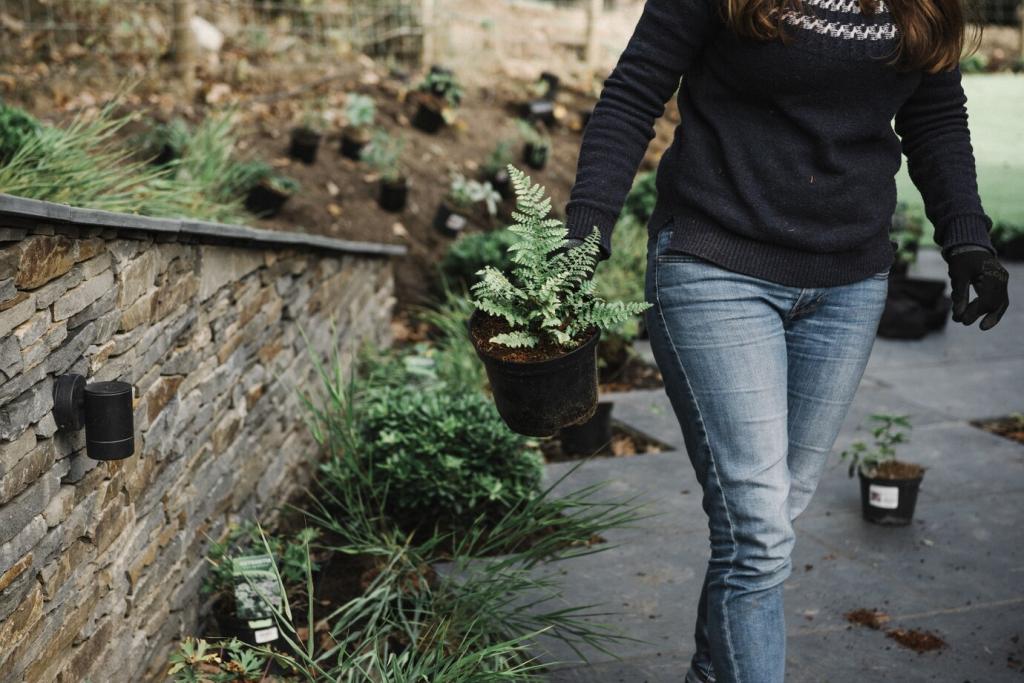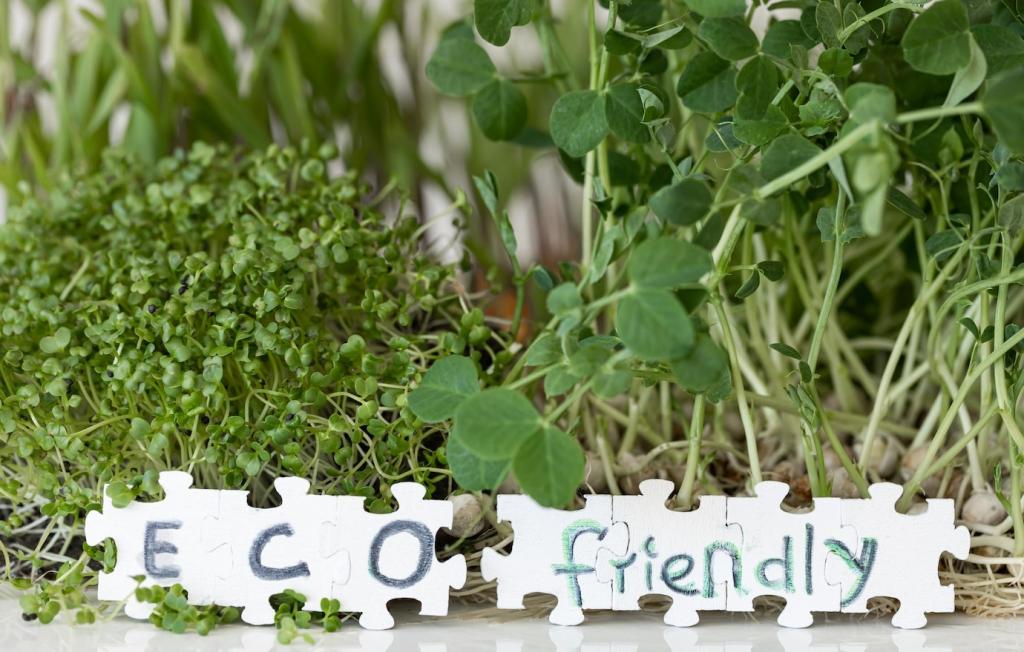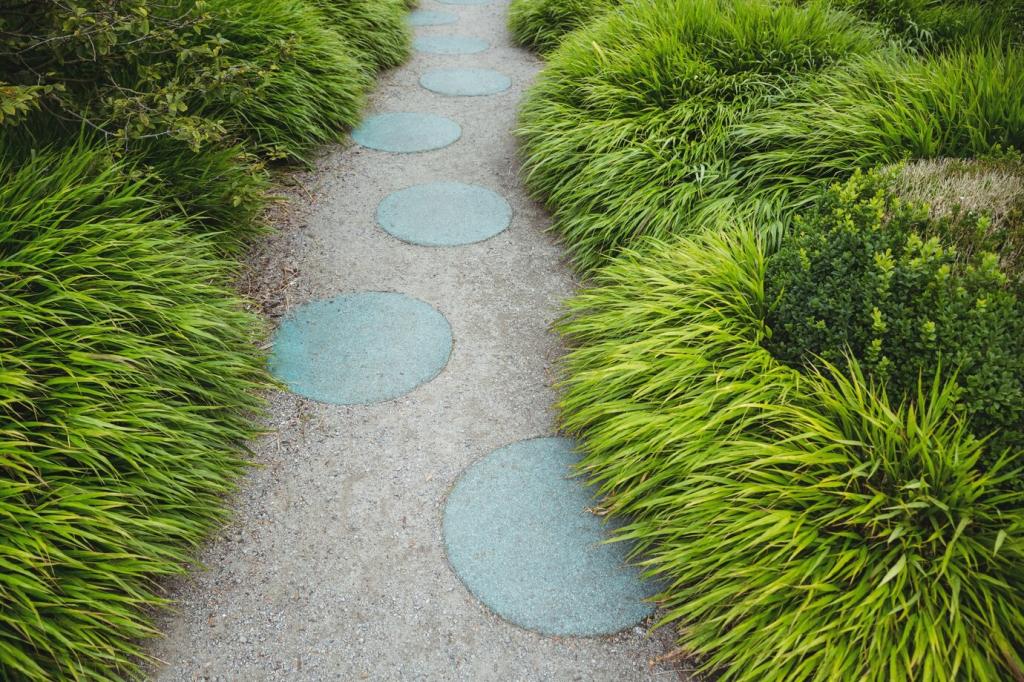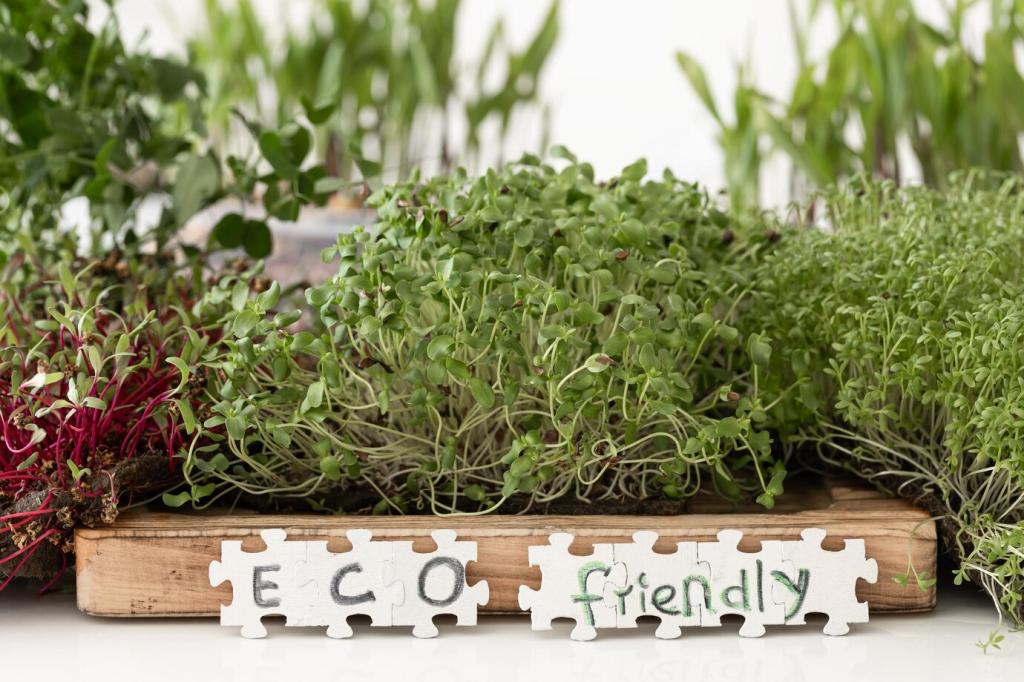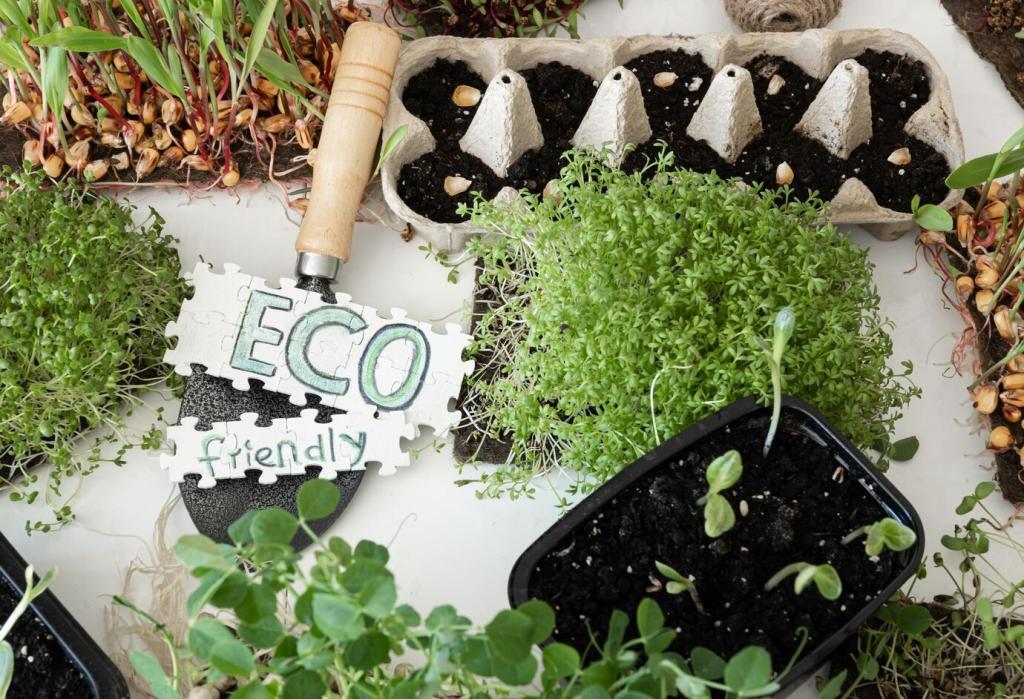Start Small, Grow Wise: Containers With a Conscience
Upcycle food-grade buckets, thrifted ceramic bowls, and cracked wooden crates. Drill drainage holes, line with biodegradable coffee filters, and celebrate character. Share photos of your favorite finds and tell us the story behind each rescued container.
Start Small, Grow Wise: Containers With a Conscience
Mix peat-free media with mature compost, worm castings, and perlite for structure. Inoculate with mycorrhizae, avoid synthetic fertilizers, and feed with compost teas. Comment if your plants responded differently after switching to living soil and gentler nutrition.


